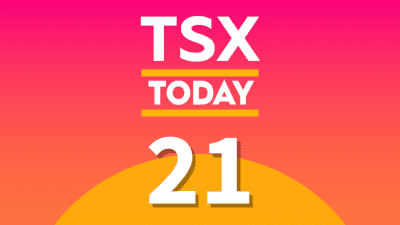If you’re a new parent, it’s likely you have been flooded with advice from every person you know, and even some you don’t. But it’s also likely that advice tends to be about how to make a baby sleep through the night, or teething solutions. The last on everyone’s list is financial advice.
Honestly, saving for your children should be one of your top priorities as a new parent. But where do you even begin? Here are some tips to get you started.
What’s it for?
If you’re going to start saving for your child, the first question you should be asking yourself is: why? It seems like the right thing to do, but what is the eventual goal you want to have for your child? Don’t always assume it’s education. There are many parents out there who might want their children to save for their own education, and instead might save up funds to help them during those first years out of the house, for example.
Once you have a goal, you’ll need to assign a number to it. Today’s numbers won’t be the same 18 years from now, so talk to your financial advisor about what your goal should look like in the next two decades, and what government benefits are available for you and your family.
Where to invest?
If you’re going the educational route, it doesn’t get easier than a Registered Education Savings Plan (RESP). For every dollar you contribute, the government will add 20% of your contribution up to $2,500 each and every year, per child. That can add up incredibly quickly and take a huge chunk off of your eventual bill for tuition.
If you’re looking for more of a nest egg, say to pay for programs, education, or general help throughout your child’s life, a Tax-Free Savings Account (TFSA) could be the answer. Whereas a RESP is subject to taxes, the TFSA is not. That means as long as you are staying within the ample contribution room of $69,500, as of writing, the government can’t touch a penny you’re putting aside for your child.
What to invest in?
If it was me, I’d stick to more conservative investments. Don’t worry about buying extra low or finding the next big thing to double your money. Instead, find steady stocks that should continue to rise for decades to come, and ideally have some dividends attached as well. Those dividends can be used to reinvest in your child’s future.
Two choices I’d dig into are Royal Bank of Canada (TSX:RY)(NYSE:RY) and Canadian Pacific Railway Ltd. (TSX:CP)(NYSE:CP). Both these stocks have been around for decades on a steady trajectory that has seen few hiccups. Royal Bank and CP also offer solid dividend yields that come in each quarter for investors to put back into their portfolios. Better still, both stocks have a solid long-term future ahead.
Each company is established, so they are simply sitting back and taking advantage of their positions at the top in their industries.
Foolish takeaway
The bottom line here is that if you have children, it can be a financial strain. The one thing you don’t want to be surprised by is a rainy day or not having the funds available for your child’s education. I don’t have to tell you that these little humans are the most important thing in the world, so they deserve to be your most important investment.









